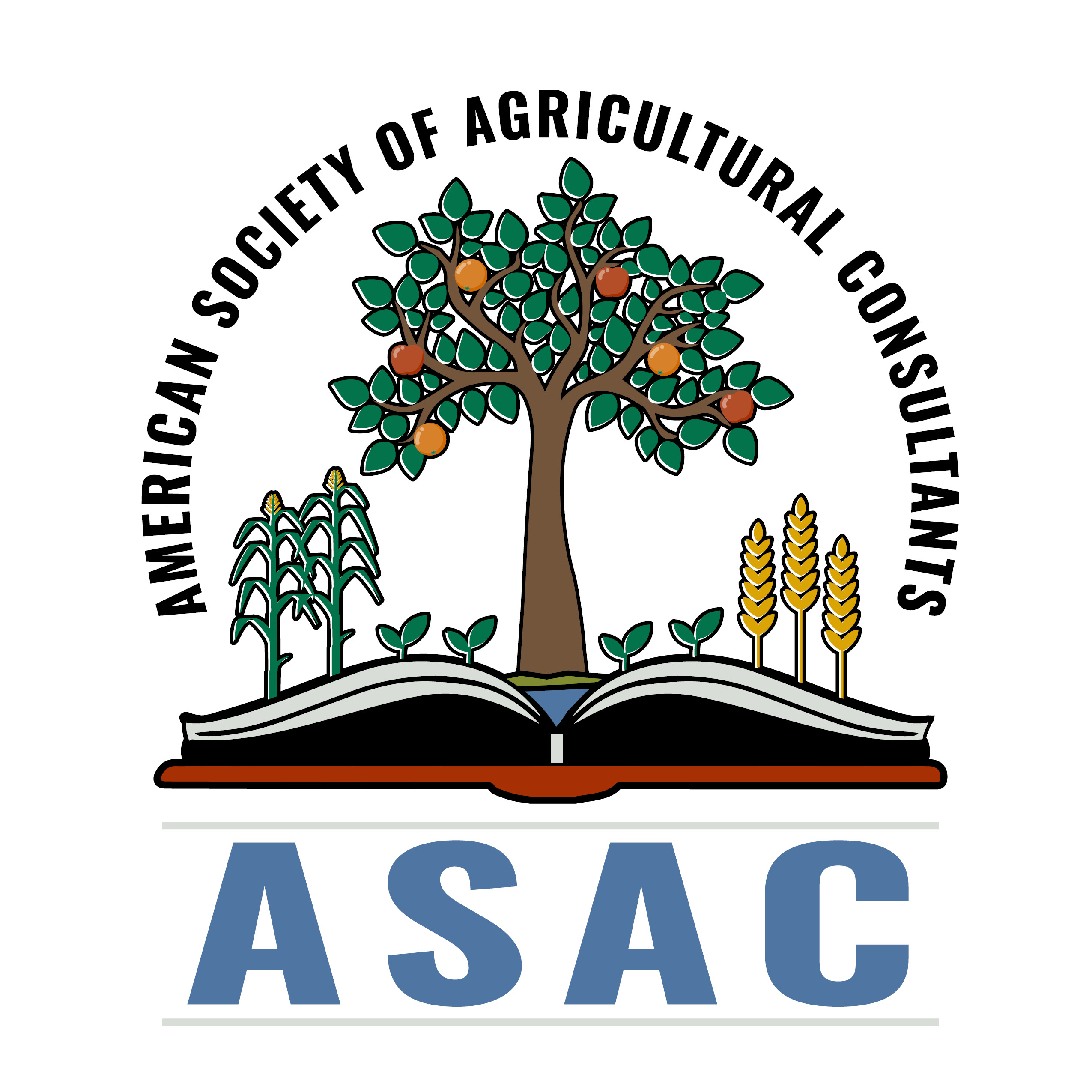Opinion: Ghosts of the 1980's
07/18/2024
It’s déjà vu all over again.
With the start of the new 2024 crop season, having put some stressful recent crop seasons behind them, some producers are experiencing carryover debt from shortfalls in repaying past operating loans.
Shortfalls in repaying operating loans in full from the crop financed with the loan is not uncommon in any period of time. We’ve experienced quite a bit of this all through the years. Some years are worse than others. Weather is usually the cause; but it can happen for a variety of reasons.
It’s déjà vu all over again.
With the start of the new 2024 crop season, having put some stressful recent crop seasons behind them, some producers are experiencing carryover debt from shortfalls in repaying past operating loans.
Shortfalls in repaying operating loans in full from the crop financed with the loan is not uncommon in any period of time. We’ve experienced quite a bit of this all through the years. Some years are worse than others. Weather is usually the cause; but it can happen for a variety of reasons.
It was especially prevalent and common in the 1980s, when I began my agricultural lending career in Farm Credit. I was as green as a gourd and had no concept of the potential consequences of having a hangover of past debt weighing on future expectations of cash flow and profitability.
When times are good and commodity prices provide opportunities to post profitable sales and positive cash flow over operating expenses, debt service, and capital expenditures, we get complacent. Happy days are here again...Let the good times roll. (Lots of non-farm related personal expenditures start showing up and get blended in the farm income statement. More on that later.)
Then the sky is falling. Now what do we do?
Greed and Fear....Fear and Greed....
I’ve been talking to many of my contemporaries in the lending business from year’s past as well as some producer friends who continue to navigate the present environment. Lots of stress and shortcomings in the financial environment are showing up on the farm. Some accountants who are intricately involved in working with producers and farm families over many years are reporting the same stress in the industry.
Dr. David Kohl has been a leading voice over several decades now, advocating for comprehensive financial policies, strategies, procedures and sound business programs that will provide management with actionable information on a regular and sustained basis. Sometimes during a business cycle, access to this real-time information may even be needed on a daily basis. Certainly, once a year at tax preparation time is not adequate. Tax returns are NOT financial statements. This bears repeating... Tax returns are NOT financial statements.
Granted, the best and most advanced financial statement preparation and analysis does not guarantee long-term success for anyone. Indeed, nothing in life is guaranteed. It is, though, the basis for having the information readily at hand to make informed decisions. Markets and many other factors change daily. A good decision today may look bad tomorrow. Flying blind usually doesn’t result in success. A blind hog can even find an acorn on occasion.
The late Dr. Danny Klinefelter, of Texas A&M University, was a strong advocate for developing our management skillsets across a broad range of disciplines associated with agriculture production. Not the least of these were comprehensive managerial financial statements that integrate production and financial results that provide cost/unit of production, enterprise analysis, and a host of additional metrics that give producers the information they need to make informed investment decisions, marketing decisions, and other decisions that accrue to the personal family budget, wealth generation, and, ultimately, management succession and estate planning.
A long-term strategic plan, a detailed business plan, and a short-term contingency plan are key to building these management skillsets. Contingency plans are critical to staying on track to success. I liken contingency plans to a football game. When you are backed up on your goal line and facing fourth and 36 yards, you gotta’ punt. Hope is not a strategy.
Back to managing carryover debt, lenders and borrowers both are in a situation in which the ways and means presently available to eliminate the debt in a timely and efficient manner may or may not be mutually beneficial. Dr. Kohl aptly stated in a recent post on his Farmer Mac Dave’s GPS site, “When refinancing debt, one has to quickly determine if the loan restructuring has a high degree of success. Is the restructuring building a bridge for successful business continuity? Or is it providing an additional debt load that moves the business toward the end of a pier, where the options for success are fewer and the water, or in this case the debt, is deeper, resulting in a higher probability of adverse outcomes?”1.
Certainly, there are legitimate reasons to provide the means for carryover debts to be managed. Every situation stands on its own merits. There is no specific right way or wrong way. Borrowers and lenders alike need to have the resolve to “right the ship” and make informed decisions that will help them do so in a timely manner. Having a sound and detailed business plan is one of the first steps. Here’s where a well-thought-out contingency plan in place, ready to go, is important. Again, hope is not a strategy.
1. Kohl, Dr. David M., Farmer Mac, Dave’s GPS, Refinancing: Bridge or Pier? March 4, 2024
***********************************
This article is the opinion and perspective of the author and may or may not be consistent with those of anyone else. Mention of specific people or items in the article is not an endorsement of the individual, the company or the organization from which it originates.
Pete Weisenberger
Weisenberger Agricultural Services, LLC
Post a new comment







